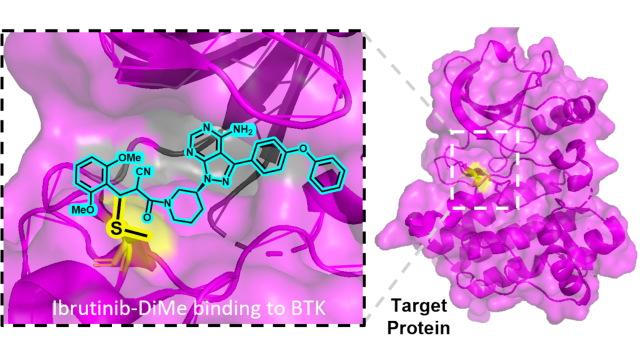Can a survival mechanism used by bacteria create a better drug delivery system?

Sea creatures like snails and clams build shells around their soft bodies as protection against predators. Similarly, some bacteria shield their spores in a protein coat to protect them from a harsh environment and thus enhance their chances of survival. Inspired by bacteria, CCR researchers developed a technology they call SSHEL that could be used to help deliver drugs to cancer cells by protecting them from the outside environment and guiding them directly to the target cells. They hope that this will minimize side effects typically encountered with cancer treatments. Credit: SPGM, FNL, NCI, NIH
Delivering chemotherapy drugs to tumor cells can be a tricky task; oftentimes, the drugs get into the surrounding healthy cells and can cause side effects for a patient. A new approach inspired by nature offers a way to potentially address this problem.
The idea came from an unexpected source. Senior Investigator Kumaran Ramamurthi, Ph.D., studies the basics of bacterial reproduction, which can involve the creation of dormant spores that will eventually spread and develop into new bacteria.
“To protect a developing spore, bacteria deposit a ‘protein coat’ to cover the spore’s surface,” explains Ramamurthi. To further shield the spore, two proteins develop a stable mesh around the coat, upon which other proteins and layers of protection are built. The spore can then hibernate until reaching ideal conditions before being released to germinate and produce new bacteria.
As part of their efforts to understand spore formation and function, the team recreated a stripped-down version of spores in a test tube. They identified the minimum number of protein building blocks needed to form the protective layer and called the structures SSHELs (short for synthetic spore husk-encased lipid bilayers).
Once the SSHEL was created, Ramamurthi realized that it could be used as a vessel to deliver cancer drugs. The team hypothesized that the SSHEL could be protective, just like a spore is, and shuttle drugs directly to the cancer cells.
To test the SSHEL as a drug delivery vehicle, Ramamurthi’s team collaborated with Senior Investigator David FitzGerald, Ph.D., to create a mouse model of ovarian cancer, which can be treated with the chemotherapy drug doxorubicin. They packaged silica beads soaked with doxorubicin into SSHELs covered with proteins selected to target proteins on the surface of the ovarian cancer cells and injected them into the mice.
Not only did the SSHELs reach the tumors, the team was surprised to discover that the cancer cell’s own mechanisms triggered the next step: the SSHEL destabilized and released the drug, killing the cell. Compared to the typical doxorubicin delivery method, the SSHELs shrank the tumors more effectively and with fewer side effects. They then used a transparent zebrafish model provided by Senior Investigator Kandice Tanner, Ph.D., to directly observe this process.
Kumaran S. Ramamurthi, Ph.D.
Deputy Chief
Laboratory of Molecular Biology
Kandice Tanner, Ph.D.
Senior Investigator
Laboratory of Cell Biology
David J. Fitzgerald, Ph.D.
Senior Investigator
Laboratory of Molecular Biology
The team published the details of their SSHEL in Cell Reports. Encouraged by their findings, Ramamurthi and colleagues are now exploring the development of modified SSHELs for various clinical applications.
“CCR really provides a place where the whole of a research project can be greater than the sum of its parts,” Ramamurthi says. “Not only is high-risk, high-reward exploratory research encouraged, we are surrounded by experts in other fields to whom we can turn when we want to translate our basic research into something practical.”



